Amidst the hustle and bustle of daily life, the opportunity to gaze upon the cosmos presents a serene escape, and Tucson, Arizona offers one of the most magnificent night skies in the country. With its wide-open spaces and limited light pollution, Tucson is an unrivaled haven for astronomy enthusiasts and casual stargazers alike. The region’s clear, dry climate provides optimal conditions for viewing a meteor shower in Tucson, Arizona, transforming the sky into a canvas of celestial wonder.
As dusk settles over the desert landscape, the heavens above Tucson begin to twinkle with the first signs of the night’s display. To truly embrace the night sky and its wonders, it’s crucial to find the perfect spot away from the city lights. Areas such as the Santa Catalina Mountains or Saguaro National Park become beacons for those seeking the best vantage points. The annual meteor showers, including the famous Perseids and Geminids, offer an awe-inspiring spectacle that draws both locals and visitors to these prime stargazing locations.
Visit our website to learn more and get started today! Click here.
Meteor Showers 101: Understanding Tucson’s Cosmic Displays

To fully appreciate the meteor shower in Tucson, Arizona, it’s essential to understand what meteor showers are. Stemming from the trails of cosmic debris left by comets orbiting the sun, meteor showers occur when the Earth passes through these interstellar dust lanes. As particles collide with our atmosphere, they ignite to create stunning streaks of light across the night sky, commonly known as shooting stars.
Meteor showers are named after the constellations from which they appear to radiate, a point in the sky known as the radiant. For example, the Leonids appear to emanate from Leo, and the Orionids originate near Orion. The intensity of a meteor shower is measured by its zenithal hourly rate (ZHR), which predicts the number of meteors an observer could see under perfect viewing conditions. Tucson’s geographical location and atmospheric clarity often allow observers to come close to experiencing these optimal conditions, making it an ideal spot for celestial events.
The best times to watch these dazzling shows are typically after midnight and before dawn, when the night sky is darkest and the radiant point of the meteor shower is highest in the sky. The absence of moonlight also plays a significant role, as a bright moon can outshine fainter meteors, reducing the overall visibility of the shower. Tucson’s meteor shower calendar is punctuated with several major events throughout the year, offering multiple opportunities for residents and visitors to look up and witness the magic of the cosmos.
Best Time to View Meteor Showers in Tucson
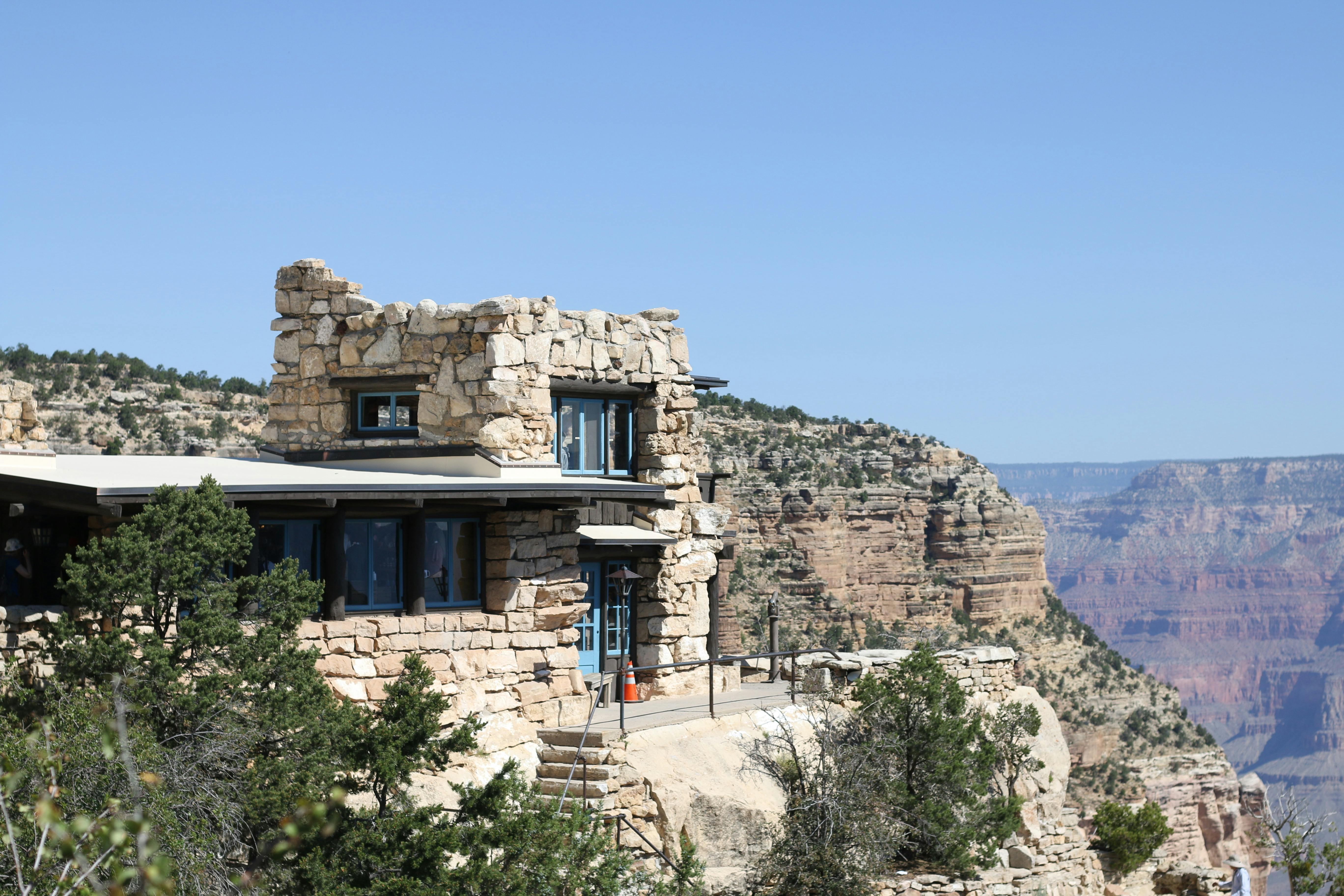
When the skies above Tucson darken, the stage is set for one of nature’s most enchanting displays: the meteor shower. The best time to view meteor showers in Tucson is between the late evening hours and the pre-dawn morning, when the city is cloaked in its nocturnal quietude. This is when the radiant, or the point in the sky from which meteors appear to emerge, climbs higher in the sky, optimizing the frequency and visibility of the meteors.
Specifically, the period just after midnight and proceeding into the wee hours of the morning is ideal. This is when the side of the Earth you are on begins to face into the direction of its orbit, causing meteors to enter the atmosphere at a more direct angle, increasing both their speed and the likelihood of bright trails.
Additionally, the absence of moonlight is critical for a successful viewing experience. A new moon or a crescent moon is preferred, as the moon’s faint glow will not interfere with the meteor shower’s visibility. Tucson’s desert climate contributes to clear, dry nights, enhancing the chance of an unobstructed view of the meteor shower. For the most anticipated showers, such as the Perseids and Geminids, local astronomy groups often publish the best viewing times, taking into account the moon phase and expected peak activity.
For stargazers in Tucson, the weather is an added bonus. With over 350 days of sunshine a year, the odds are in favor of clear nights. However, it’s wise to check the local weather forecast before planning your stargazing outing, just to avoid the occasional cloudy night that could obscure your view of this cosmic phenomenon.
Top Stargazing Spots for Meteor Showers in Tucson
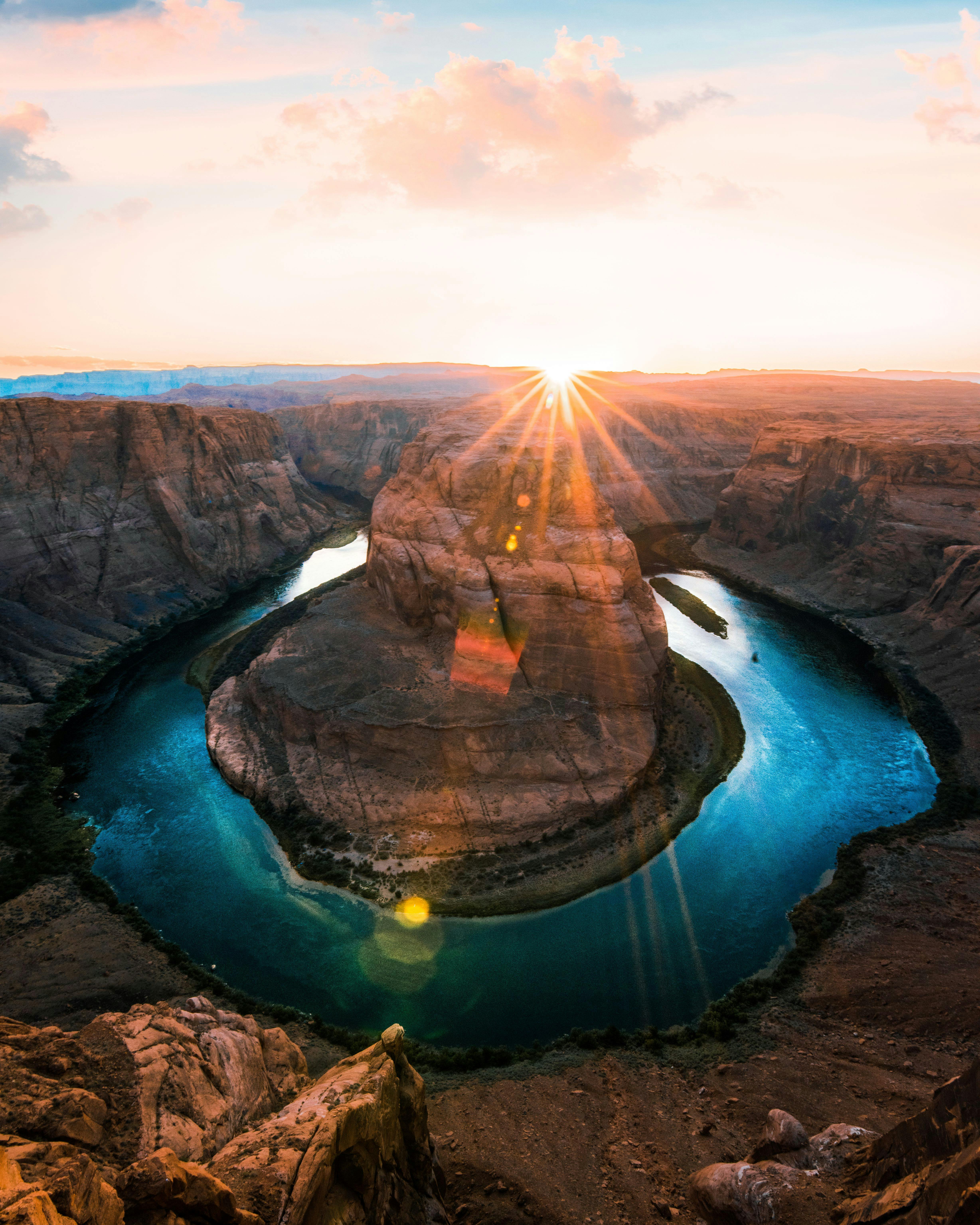
For those eager to witness the splendor of a meteor shower in Tucson, Arizona, the city and its surroundings offer several prime spots that serve as perfect backdrops for this celestial event. The clear desert skies provide low light pollution and expansive horizons, ideal for meteor shower observations.
One of the top locations is the Saguaro National Park, where the silhouette of the iconic cacti against the night sky adds an unforgettable southwestern touch to the stargazing experience. The park’s East and West districts both offer vast, open skies with minimal artificial light to interfere with the meteor shower’s visibility.
Another favored spot is Mount Lemmon. With its high elevation, the sky is clearer and darker, making it an excellent location for viewing meteors. The Mount Lemmon SkyCenter also provides public astronomy programs, enhancing the experience with expert guidance and high-powered telescopes.
For a more communal experience, the Tucson Mountain Park often hosts group stargazing events, especially during peak meteor shower occurrences. The camaraderie of fellow astronomy enthusiasts and the collective excitement add to the magic of the moment.
Oracle State Park, designated as an International Dark Sky Park, is another prime location. Its commitment to preserving the dark skies not only benefits the local ecosystem but also offers stargazers an exceptional view of meteor showers and other astronomical phenomena.
Lastly, the University of Arizona’s Campus sometimes opens its observatory to the public during significant meteor showers, providing an educational perspective to the viewing experience.
Whether you’re a seasoned astronomer or a casual observer, the variety of stargazing spots around Tucson means that you can find the perfect place to lay back and take in the wonders of the universe as they streak across the night sky.
Essential Stargazing Gear for Meteor Shower Enthusiasts
Equipping yourself with the right gear is crucial for a truly immersive stargazing experience during a meteor shower in Tucson, Arizona. While meteor showers can often be enjoyed with the naked eye, certain tools can enhance the experience.
First and foremost, a comfortable chair or blanket is essential for extended periods of sky watching. Opt for a reclining chair or a padded blanket to avoid neck strain as you gaze upwards.
A red flashlight is a stargazer’s best friend. The red light allows your eyes to remain adjusted to the dark while providing enough illumination to navigate your surroundings or consult star charts.
Speaking of star charts, having a planisphere or stargazing app on hand can help identify constellations and track the progress of the meteor shower. These tools are invaluable for both beginners and experienced astronomers alike.
For those interested in capturing the moment, a camera with long exposure capabilities is a must. A tripod is also recommended to keep your shots steady during the long exposures needed to capture the night sky.
Lastly, don’t forget to dress appropriately for the night temperatures. Warm clothing and blankets can make the difference between a mesmerizing night under the stars and a shivering experience you’d rather forget.
With these pieces of gear at your disposal, you’ll be well-prepared to enjoy the meteor showers to their fullest and create lasting memories of Tucson’s starlit nights.
Tips and Etiquette for Meteor Shower Viewing in Tucson

Adhering to certain tips and etiquette can greatly enhance your meteor shower viewing experience in Tucson. Respect for fellow stargazers and the environment is paramount when you’re sharing the skies.
Begin by arriving early to your chosen viewing spot. This gives you time to set up and allows your eyes to adjust to the darkness. It’s also considered good manners to keep noise to a minimum, as it can detract from the peaceful ambiance of the night.
Avoid using white light flashlights or phone screens, as these can disrupt your own night vision and that of others around you. If you must use a light, ensure it’s a red one, as mentioned earlier.
When setting up your viewing area, be mindful of others’ views. Set up chairs and equipment in a way that doesn’t block anyone’s line of sight. Additionally, if you’re planning to take long-exposure photos, communicate with your neighbors to prevent light from ruining your shots.
Trash and leftovers should be packed out to preserve the natural beauty of Tucson’s stargazing locations. Leave no trace to ensure these spots remain pristine for future meteor shower events.
Finally, remember to be patient. Meteor showers can be unpredictable, and there may be periods of low activity. Use this time to enjoy the serenity of the desert night and the company of fellow astronomy enthusiasts.
For more tips on meteor shower viewing and to discover the best events and locations in Tucson, visit our website to learn more and get started today! Click here.

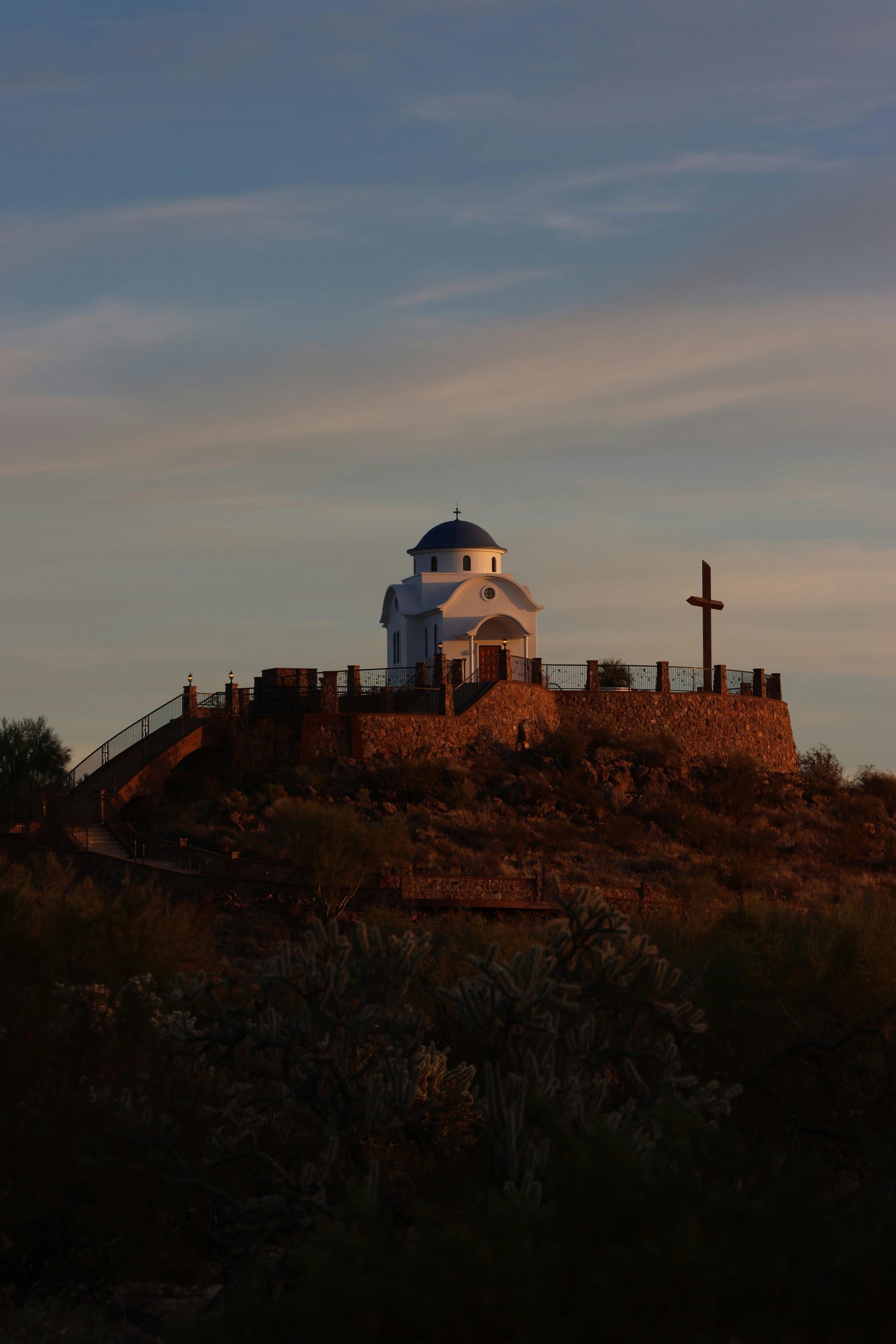
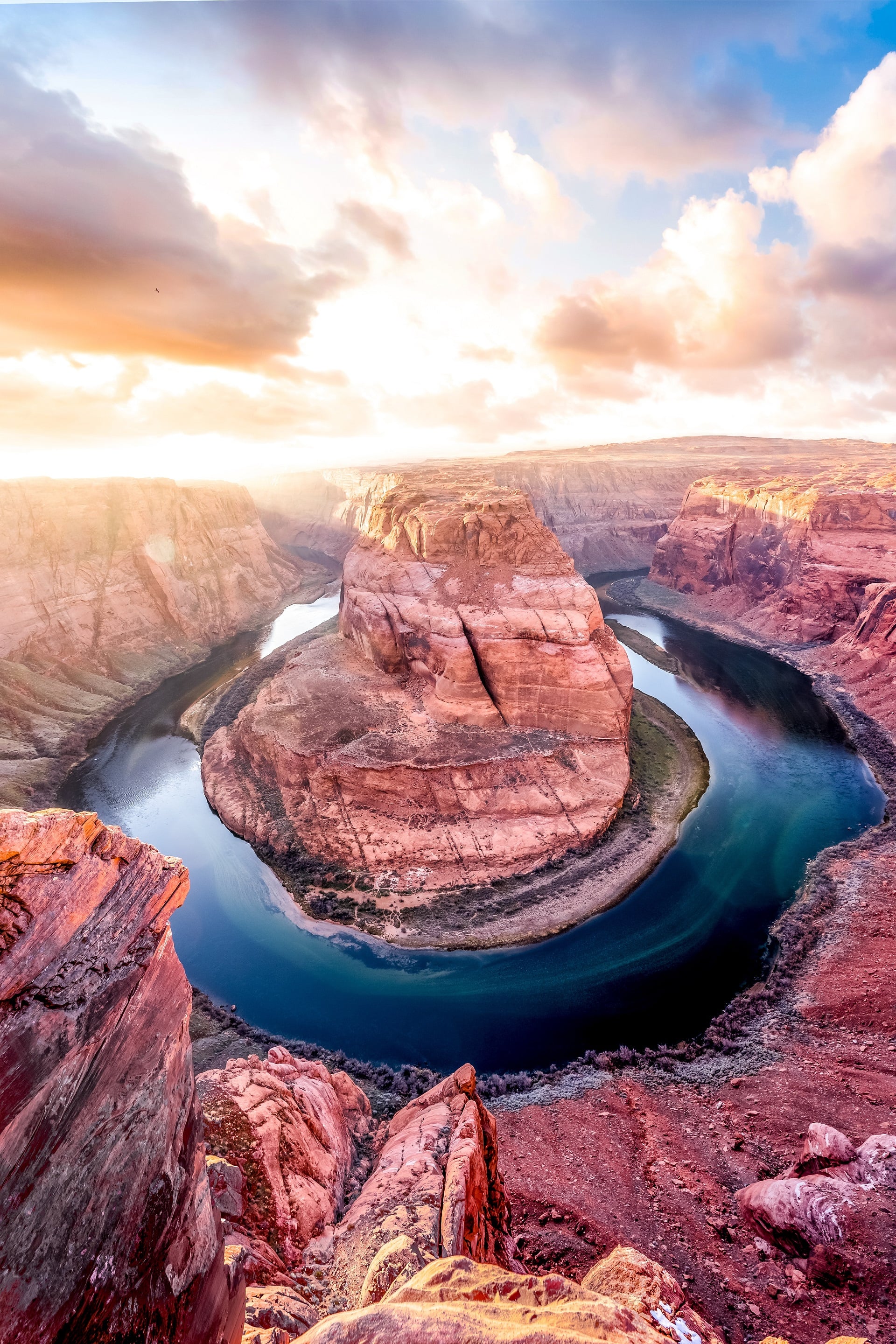
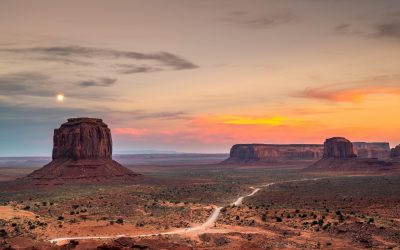

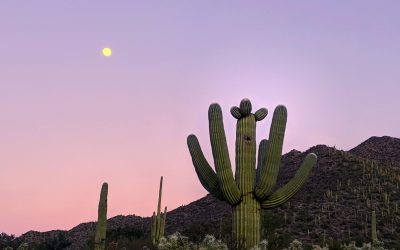
0 Comments